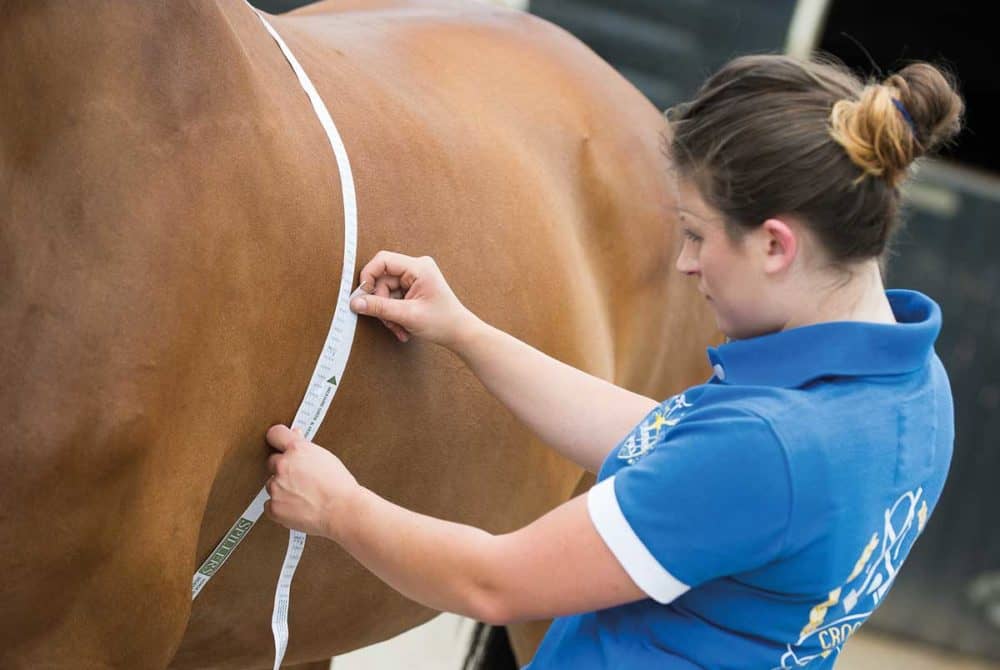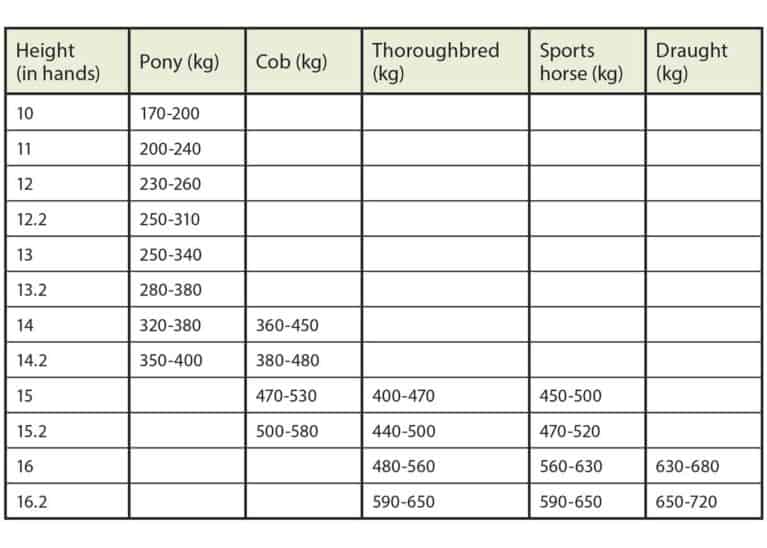Equine obesity – a growing trend
Posted 10th June 2022
Discover why equine obesity is on the rise and how you can do your bit to keep your horse at a healthy weight

You never see an overweight horse in the wild – but why is that? Well, the answer’s fairly simple. Wild horses and ponies often have to roam large distances for their food which, during winter, may be scarce, and they also have to use energy to keep warm. These factors result in wild horses losing weight in winter and gaining weight over summer.
Conversely, our domesticated horses tend to fare very well over winter and have access to lush grazing compared to their wild counterparts. This means that they lose this natural cycle of fluctuation as our horses just keep putting on weight, leading to today’s obesity crisis. So, how can we become part of the solution rather than the problem?
What is overweight?
The definition of overweight is being above a weight that’s considered normal or healthy for that animal. It’s generally due to extra body fat but can also be due to muscle, bone or water. Obesity refers to the condition of being overweight caused by excessive body fat.
It’s helpful to know roughly how much your horse should weigh, although there are many variations. This chart (below) is a useful starting point.
To determine the ideal weight for your individual horse there are some assessments you can make.

DID YOU KNOW?
In the UK, it’s estimated that around 50% of equines are overweight or obese.
Why obesity’s on the rise
We all love our horses and care for them well – sometimes too well. High quality, energy-dense feeds are freely available, and many yards have good pasture management so grass is in good supply all year round. Hay is usually good quality, we have access to warm rugs and we often keep horses in stables over winter. All of these factors are very different to what wild horses would experience.
Weight gain in horses happens for the same reasons as it does in humans – when energy input (as food) exceeds energy output (spent on keeping the body in working order and performing work). This puts the body into a positive energy balance and results in any excess energy being stored as fat. Conversely, a negative energy balance, when the horse’s expenditure exceeds his intake, is required for weight loss to occur.
Find out more about how to avoid equine obesity in the July issue of Horse&Rider magazine, on sale 16 June 2022.











